回故里(二) 魂归何处? (w English)
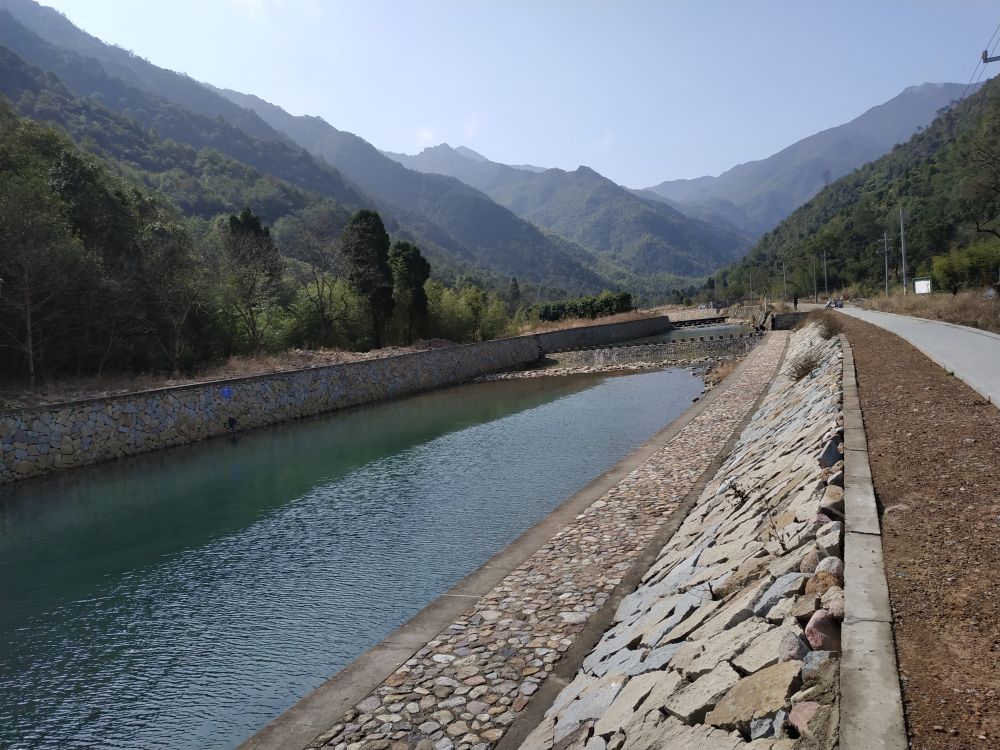
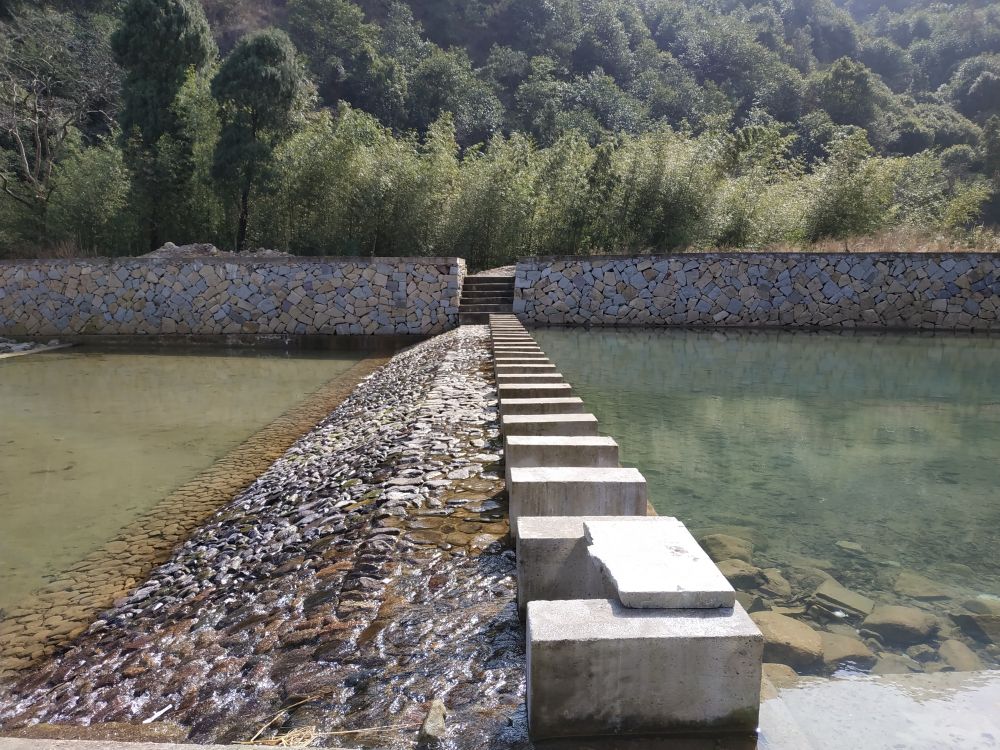
Some of my childhood memories were a blur, and became more blurry when I strolled in an old city in which I was born and raised. The re-structured city, like breaking puzzles, polished and put them back again, took on a new and strange face. Was this the hometown that I spent my first twenty years? The old square where people in 1970s gathered for revolutionary slogans gave away to modern commercial buildings; the rickshaw sedan witnessed as late as 1990s were nowhere to be seen. Modern cars were sprawling instead. Though this was not the first time I went back home to see my parents, who moved to a new home after I came to the U.S., I couldn’t connect it well.
In the afternoon of the second day of Chinese New Year, my brother, my father and I decided to visit the old campus at the other end of the city. It is the place where my father spent almost his entire life teaching and working. It is the place where my brother and I had our most memories. When the car was let in and crawled along a narrow road, flanked by old leafless phoenix trees on both sides, old memories flooded in. The same entrance, the same basketball courts, the same buildings for teaching and library, the same location for cafeteria, all remodeled, of course.
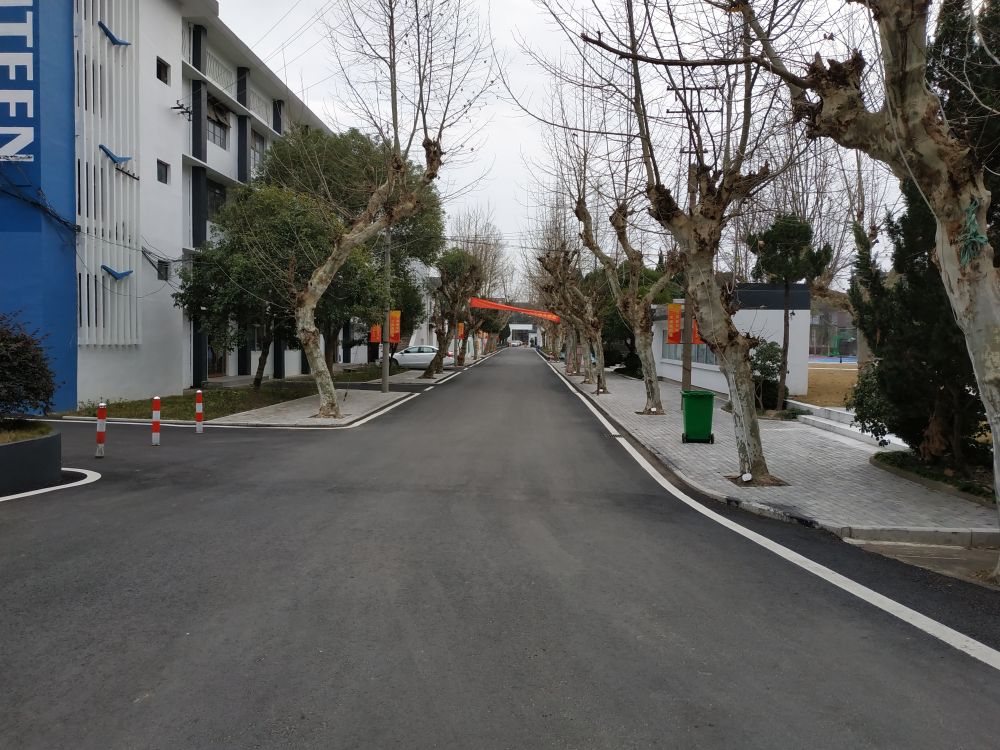
We parked our car in front of a new building and got off. Dad pointed out to an endangered building sheltered in a corner, and asked us if we remember anything? In an instant, we recognized that it was an administrative building Dad once worked in for years.
As we continued our walk and stepped over a small iron gate at the back, a familiar passage by the side of a high solid wall came to our sights. Stood on the other side were the three high residential buildings for teachers, weathered and shabby now after being there for more than four decades. Entering the last building, which we dwelled in 1980s, was like lifting a lid off my memory well, distant but clear. What resurfaced on my mind was the then excitement of moving down from a moist one-floor bedroom uphill, where water cannot be supplied sufficiently and where we did not have our bathroom but a shared stingy public one. The then new apartment was around 40-50 square foot, with three bedrooms, one tiny kitchen and a simple bath. I had my own room, and my brother had his. My room was smaller, with a window facing north, a bed by the walls, a wardrobe on the corner, and a desk by the window. Many a day I studies late into night, for the National Standard Tests, with a dream that one day I could land a good college……
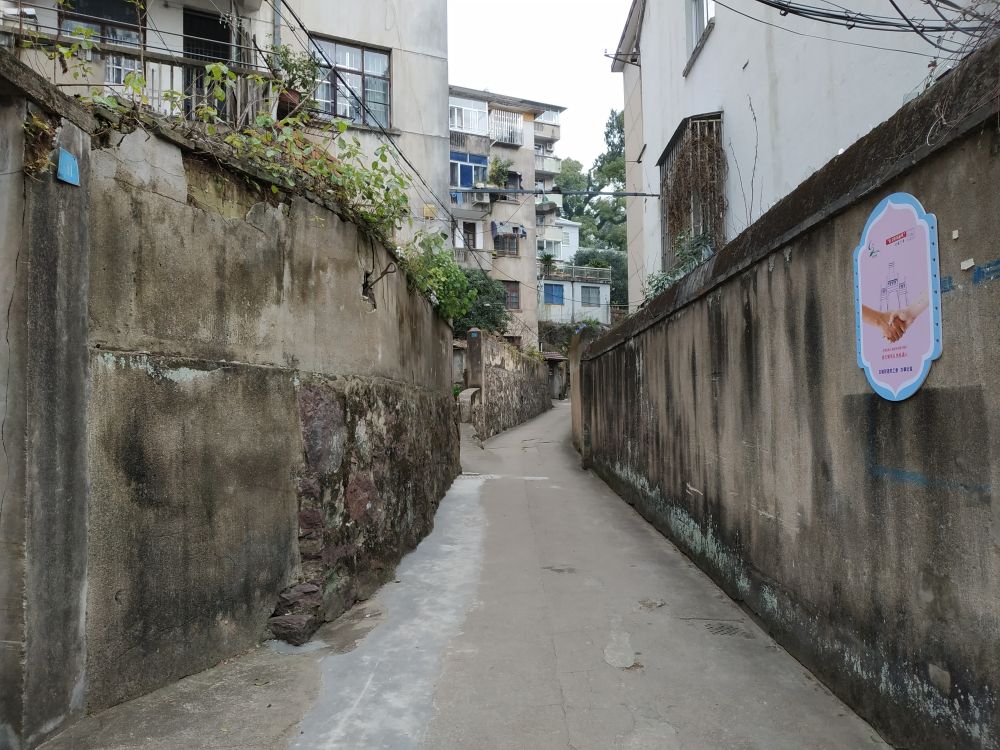

The flurry of memories was interrupted when my brother suggested walking further uphill. A flight of stone stairs led us up, and we both stopped at an old shallow well. The well was at the bottom of cornered walls, with scattering plants and small patches of green moss around the area. This water, seemingly murky, is said to be trickling down from the stream in the mountains. It was this well that I frequented when our household ran out of drinking water. Mom used to give me a scoop and a pail or two, and gingerly I scooped the upper part of the water, not to stir the mud or sediment at the bottom. When the pail(s) was/were full, I carried home up along the long stairs, stopping in the middle for a breath. This could be repeated within a day, depending on the need. Alum (明矾) was then used to settle turbid water before cooking or drinking. Of course, we had better water sources, wells deeper and water more purified. However, they were further away. Mom and I had to trek along the meandering mountain road, carrying a big heavy bucket hung in the middle of a pole from our shoulders. This well, locally known as a “frog well”, was once our closest water source. The sight of its being well-preserved made me relive the moments.
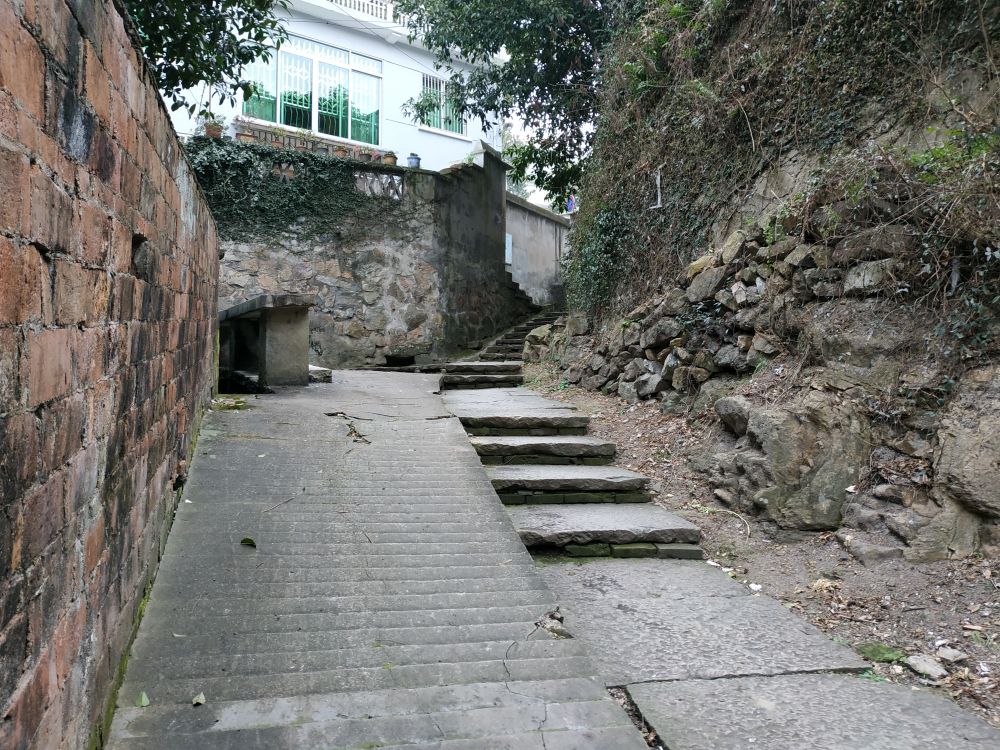

Our visit soon came to a halt, as the courtyard where we shared with other ten families before moving downhill was abolished and replaced by a new building. Barred by a gate and blocked by a high wall, we were like visitors that could not see what was beyond the wall, a place that had our fondest childhood reminiscences.